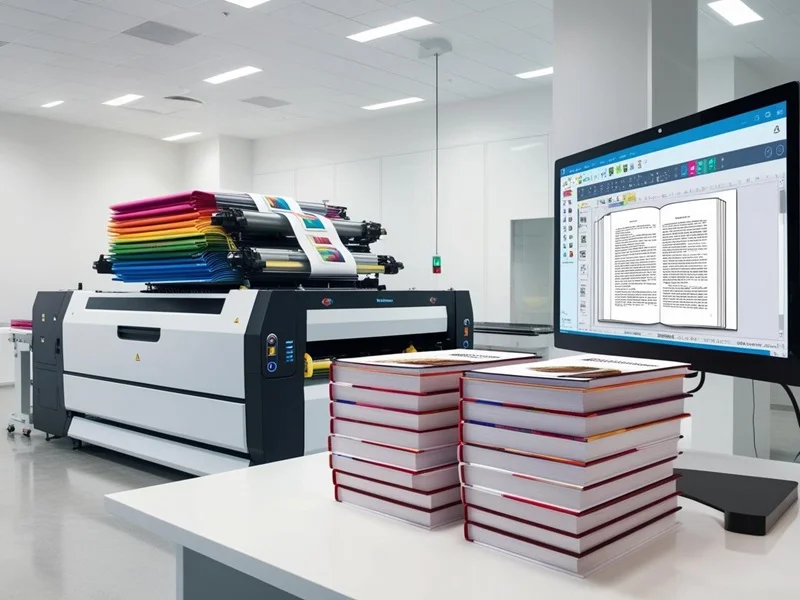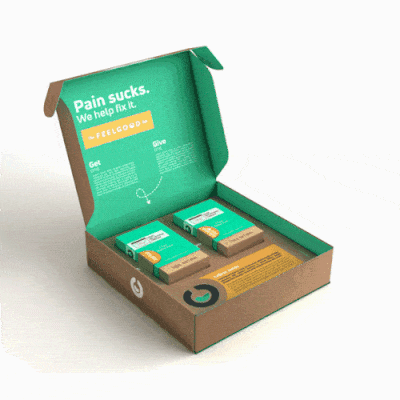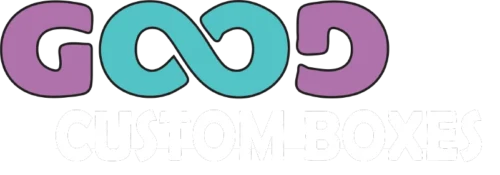When it comes to printing books, choosing printing for books can be a critical decision that impacts your project’s cost, quality, and timeline. At Good Custom Boxes, we understand that the choice between digital and offset printing can be overwhelming, especially for authors, publishers, and businesses. Both methods have their unique advantages, and the right choice depends on your specific needs. In this blog, we’ll explore the pros and cons of digital printing for books, the advantages of offset printing for books, and how to determine which method is best for your project.
Understanding Digital Printing for Books
Digital printing is a modern, versatile method that has revolutionized the printing industry. It’s ideal for small book runs and projects that require quick turnaround times. One of the key benefits of digital printing is its flexibility. Whether you need custom book printing options or print-on-demand vs. traditional printing, digital printing allows you to produce books in smaller quantities without compromising on quality.
However, there are some limitations. While digital printing offers excellent print quality in digital vs. offset printing, it may not match the sharpness and color consistency of offset printing for very large runs. Additionally, the cost comparison of digital and offset printing shows that digital printing can be more expensive per unit for larger quantities. Despite this, it’s a great choice for self-publishers or those testing the market with a limited print run.

Exploring Offset Printing for Books
Offset printing, on the other hand, is a traditional method that excels in producing high-quality prints for large book runs. One of the main advantages of offset printing for books is its cost-effectiveness for bulk orders. The more you print, the lower the cost per unit, making it a popular choice for publishers with high-volume needs.
Another benefit is the superior color accuracy and consistency, which is crucial for projects requiring precise color matching. However, offset printing has a longer turnaround time for digital and offset printing due to the setup process. It’s also less flexible for small runs, as the initial setup costs can be high. For publishers looking to print thousands of copies, offset printing is often the best option.
When to Use Digital Printing for Books
Digital printing is perfect for specific scenarios. For instance, if you’re a self-publisher or an author printing a limited number of copies, digital printing offers the flexibility and speed you need. It’s also ideal for print-on-demand vs. traditional printing, where books are printed as orders come in, reducing the need for large inventories.
Additionally, digital printing allows for easy customization. Whether you’re printing personalized books or testing different versions of a cover, digital printing makes it simple to make changes without significant additional costs. If your project requires a quick turnaround and you’re printing a small quantity, digital printing is likely the best choice.
When to Use Offset Printing for Books
Offset printing shines in scenarios where large quantities are needed. If you’re printing thousands of copies of a book, the cost comparison of digital and offset printing will likely favor offset printing. The method is also ideal for projects requiring high-quality color reproduction and consistency, such as art books or photography collections.
Moreover, offset printing is more environmentally friendly for large runs, as it produces less waste per unit compared to digital printing. If you’re a publisher with a well-established audience or a business printing books in bulk, offset printing is the way to go.
How to Choose the Right Printing Method
Choosing printing for books depends on several factors, including your budget, timeline, and print run size. Here are some tips to help you decide:
- Consider Your Print Run Size: For small book runs, digital printing is more cost-effective and flexible. For large book runs, offset printing offers better economies of scale.
- Evaluate Your Timeline: If you need a quick turnaround, digital printing is faster. Offset printing takes longer due to setup but is more efficient for large quantities.
- Assess Your Quality Needs: For projects requiring precise color matching and high-quality finishes, offset printing is the better choice. Digital printing is excellent for standard-quality prints with faster delivery.
At Good Custom Boxes, we help you navigate these decisions by offering both digital and offset printing options tailored to your needs.

Conclusion
The choice between digital and offset printing for books ultimately depends on your project’s specific requirements. Digital printing is ideal for small runs, quick turnarounds, and customization, while offset printing excels in large quantities, cost-effectiveness, and superior print quality.
At Good Custom Boxes, we specialize in providing custom book printing options that meet your unique needs. Whether you’re a self-publisher, a small business, or a large publisher, we’re here to help you make the right choice. Contact us today to learn more about our printing services and find the perfect solution for your book project.
Faqs
Q1: What challenges do clients face when choosing between digital and offset printing for books?
A: Clients often struggle to understand the technical differences between digital and offset printing, such as print quality, cost, and turnaround times. They worry about making the wrong choice, which could lead to higher costs, delays, or unsatisfactory results. Additionally, clients may feel overwhelmed by the need to balance their budget with their quality expectations.
Q2: Why do clients feel uncertain about which printing method to choose?
A: Clients feel uncertain because they lack clarity on how each method aligns with their specific needs, such as print run size, customization options, and project timelines. They may also be unsure about the long-term benefits of each method, especially if they’re new to publishing or printing.
Q3: What do clients want most when choosing a printing method for their books?
A: Clients desire a printing method that offers the best value for their budget while delivering high-quality results. They want clear guidance on which method—digital or offset—will meet their needs in terms of print run size, customization, and turnaround time. Above all, they seek a solution that ensures their books look professional and meet their audience’s expectations.
Q4: How do clients envision the ideal printing process for their books?
A: Clients envision a seamless printing process that is cost-effective, efficient, and delivers consistent quality. They want a method that allows for flexibility, whether it’s the ability to print small batches on demand or large quantities with superior color accuracy. They also hope for a partner who can provide expert advice and support throughout the process.
Q5: What are the primary goals of clients when choosing a printing method for their books?
A: Clients aim to select a printing method that aligns with their project goals, whether it’s producing a limited edition book, launching a self-published title, or printing a large run for distribution. They intend to maximize their budget, ensure timely delivery, and achieve the highest possible print quality to meet their readers’ expectations.
Q6: Why do clients seek to understand the differences between digital and offset printing?
A: Clients want to make an informed decision that supports their long-term goals. They intend to choose a printing method that not only meets their immediate needs but also positions their book for success in the market. By understanding the pros and cons of each method, they can optimize their investment and ensure their books stand out.


